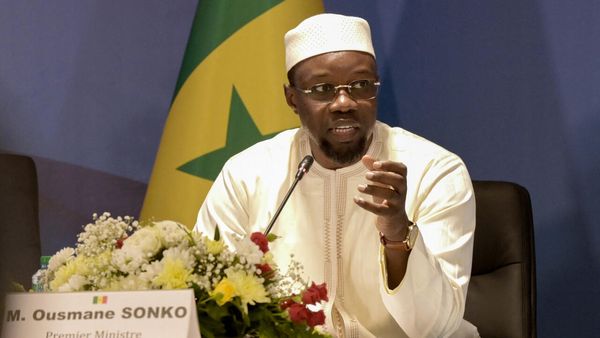The Federal Reserve hiked its key interest rate a quarter-point on Wednesday to the highest level since March 2001. Wall Street is betting that it's the last hike of the cycle, even as investors chasing a generative AI gold rush have pushed the S&P 500 to a 15-month high. Stocks turned higher as Fed chair Jerome Powell spoke evenhandedly about the possibility of another hike or a pause, but then faded to close roughly flat.
Markets had fully priced in a rate hike at today's Fed meeting, which lifted the federal funds rate to a range of 5.25% to 5.5%. But investors haven't bought the Fed's guidance provided in June for one additional quarter-point hike this fall.
The Fed meeting policy statement gave no hint of any relaxation of its inflation-fighting efforts. "Job gains have been robust in recent months," the statement said. "Inflation remains elevated."
The policy committee will continue to assess "the extent of additional policy firming that may be appropriate" to return inflation to target.
Powell noted an encouraging June CPI report and evidence the economy is slowing. While one month's data won't sway the Fed, Powell left open the possibility that upcoming reports could establish a positive trend.
He also continued to sound modestly optimistic that the U.S. can avoid a recession. Powell added that Fed staff economists, who had been predicting recession, now see a soft landing.
Powell Says Risk Is Now Two-Sided
"We're coming to a place where there really are risks on both sides," Powell said. That's a notable change from his June news conference, when Powell indicated that Fed committee members still thought "the risks to inflation are to the upside."
By two-sided risk, he likely means that there's risk of inflation staying too hot and the job market weakening more than is needed to bring inflation down.
"Monetary policy, we believe, is restrictive and it is putting downward pressure on economic activity and inflation."
Still, Powell restated his view that the Federal Reserve should err on the side of doing too much to combat inflation, rather than too little, because elevated inflation is harder to uproot once it becomes entrenched.
Asked whether the September meeting would be a "live" one, Powell didn't put it quite in those terms. He said that the Fed is slowing down rate hikes, but that doesn't mean it has adopted an every-other-meeting pace. It could be two hikes in three meetings, he said.
"Given how far we have come, we can afford to be a little patient."
The Fed's Final Hike?
As chair Powell addressed the news media, markets saw 25% odds of a Fed rate hike to a range of 5.5% to 5.75% at the next policy update on Sept. 20, up slightly from 23% earlier Wednesday. Those odds rise to 32.5% for a hike on Nov. 1, falling from 42% earlier in the day.
To be sure, Wall Street has pretty good reason to think the Fed may be done after today. The consumer is slowing as pandemic savings dwindle, and that's even before student loan repayments are set to resume in October. Meanwhile, the June consumer price index showed core inflation falling to 4.8% from 5.3% in May, and a couple of more tame monthly increases are expected for July and August. Plus, given the time lag between interest-rate hikes and their impact on the economy, Federal Reserve policymakers can be pretty sure that further slowing is in the pipeline.
Yet the Fed may need to see a significant weakening of the job market before deciding to sit on its hands.
Generative AI Boom: Get Ready For A New Roaring '20s
S&P 500 Wavers Near 15-Month High
The S&P 500 reversed higher in Wednesday's stock market action as Fed chair Powell spoke, but then retreated to close fractionally lower. On Tuesday, the S&P 500 closed at a 15-month high, rising 0.3% to 4567. That put the S&P 500 27.7% above its Oct. 12 bear-market closing low and just 4.8% off its all-time closing high on Jan. 3, 2022. The Nasdaq has been even hotter, surging 35% year to date vs. the 18.9% S&P 500 gain.
The 10-year Treasury yield eased 6 basis points to 3.85%.
Be sure to read IBD's The Big Picture every day to stay in sync with the market direction and what it means for your trading decisions.
Some key data releases will come right on the heels of today's Federal Reserve meeting. Second-quarter GDP, out Thursday, is expected to show the economy slowed to 1.5% growth, down from 2% in Q1. On Friday, the Fed's primary inflation indicator, the PCE price index, is expected to show core prices rising a tame 0.2%. That would lower the core PCE inflation rate to 4.2% from 4.6%.
Also Friday, at 8:30 a.m., the Employment Cost Index, the Fed's favorite wage-growth tracker, is expected to show compensation rose 1.1% in Q2. While progress from 1.2% growth in Q1, that would still be too hot for the Fed.







